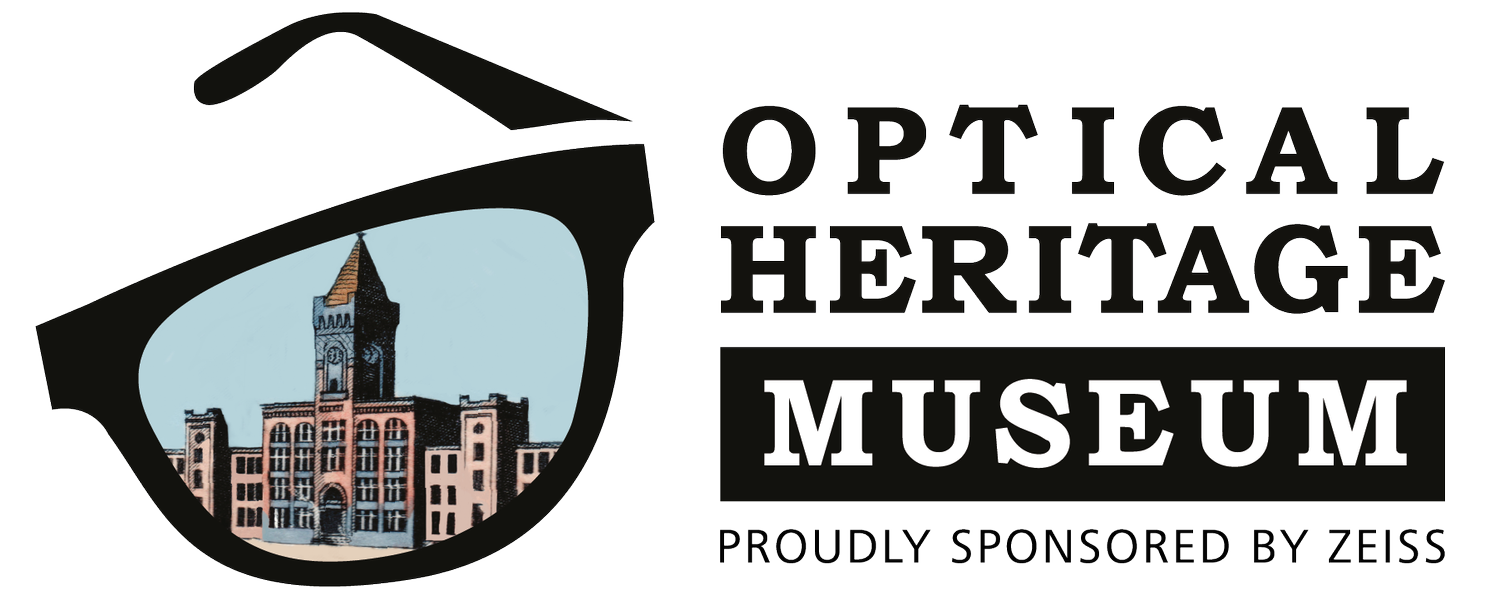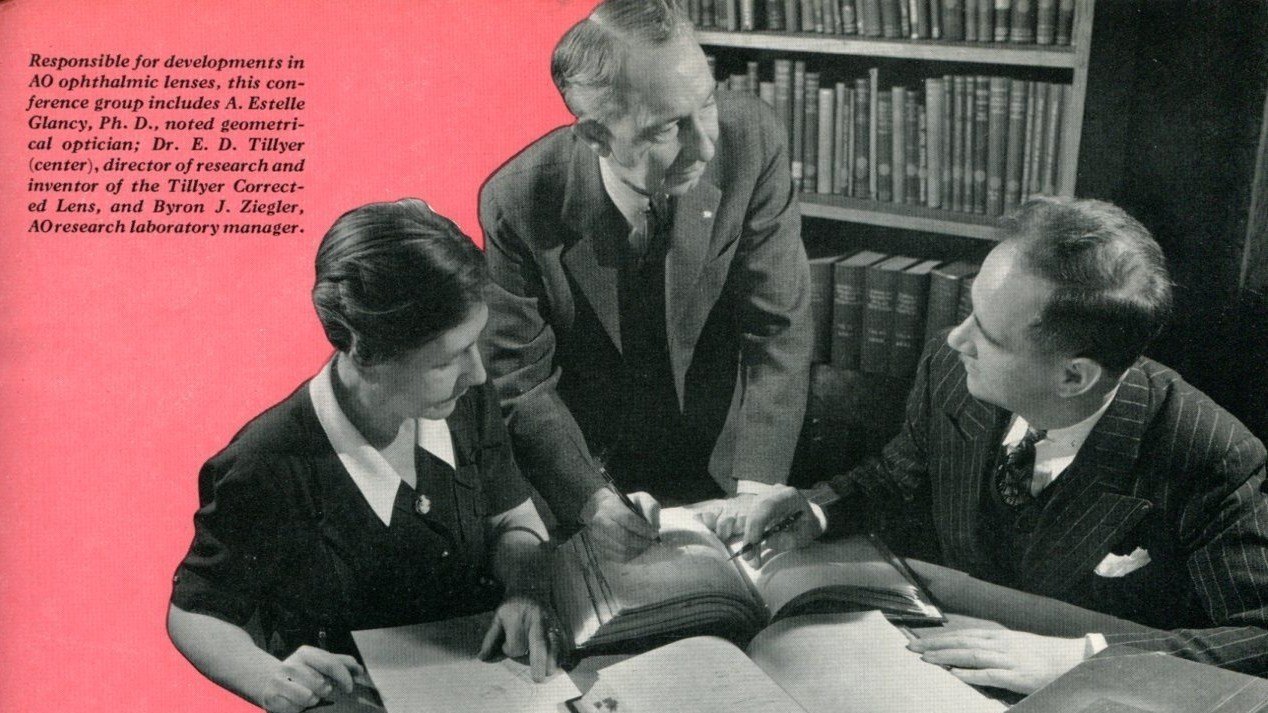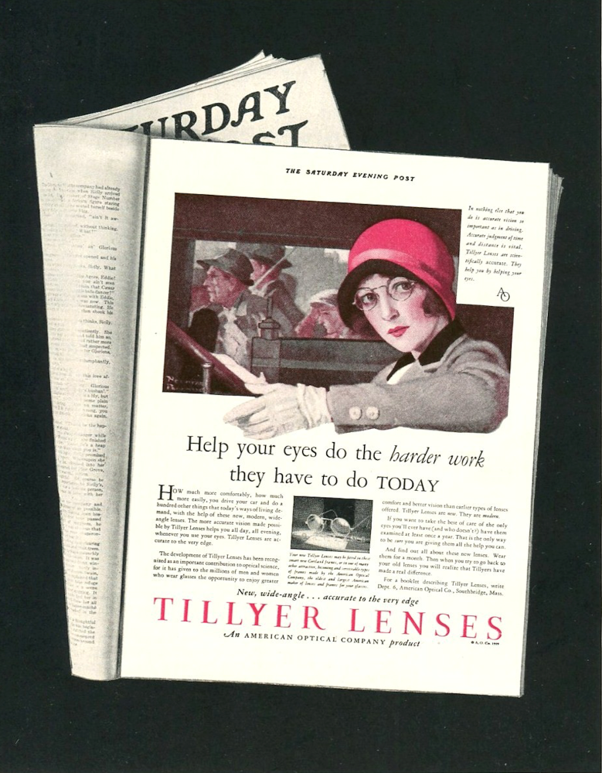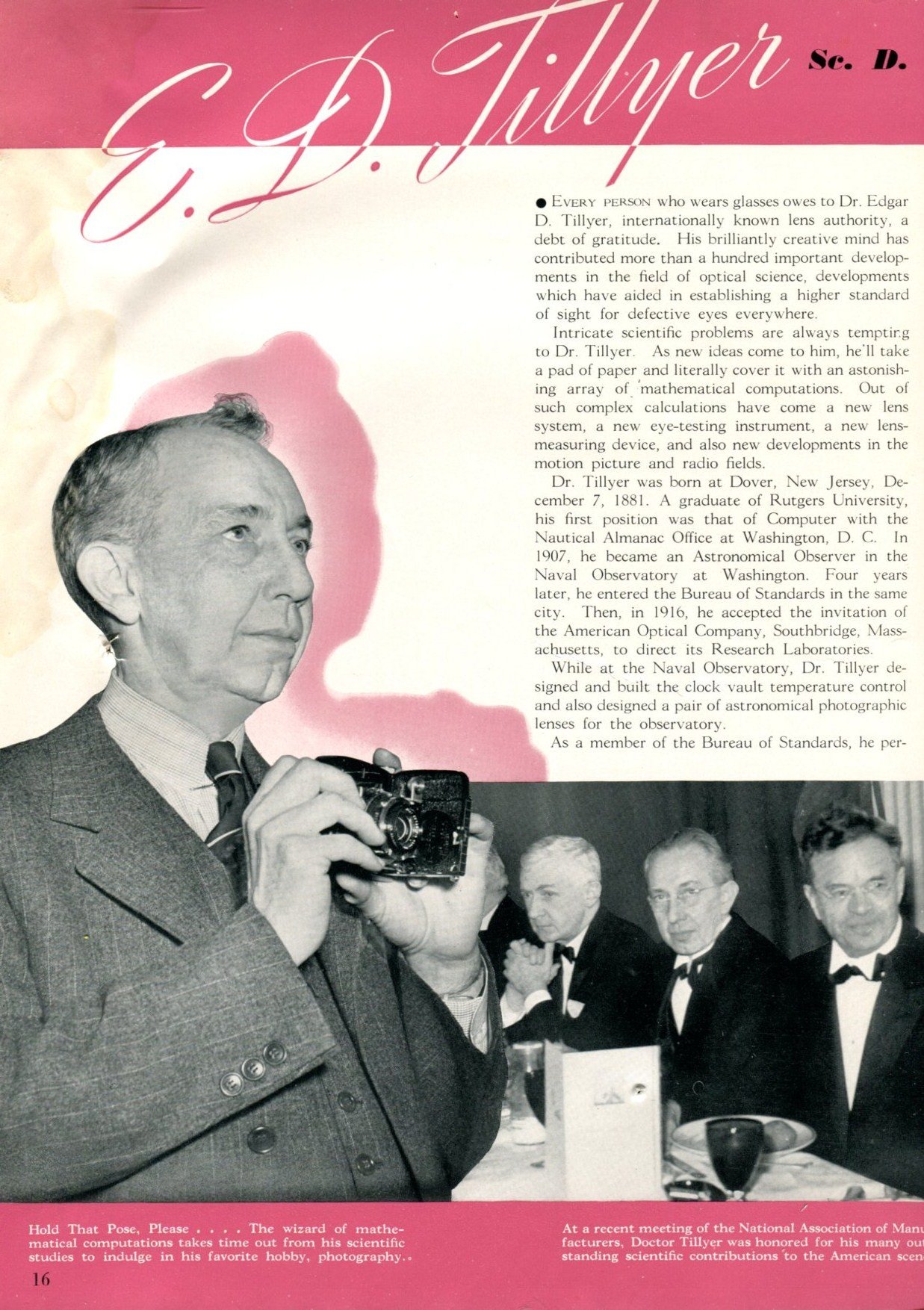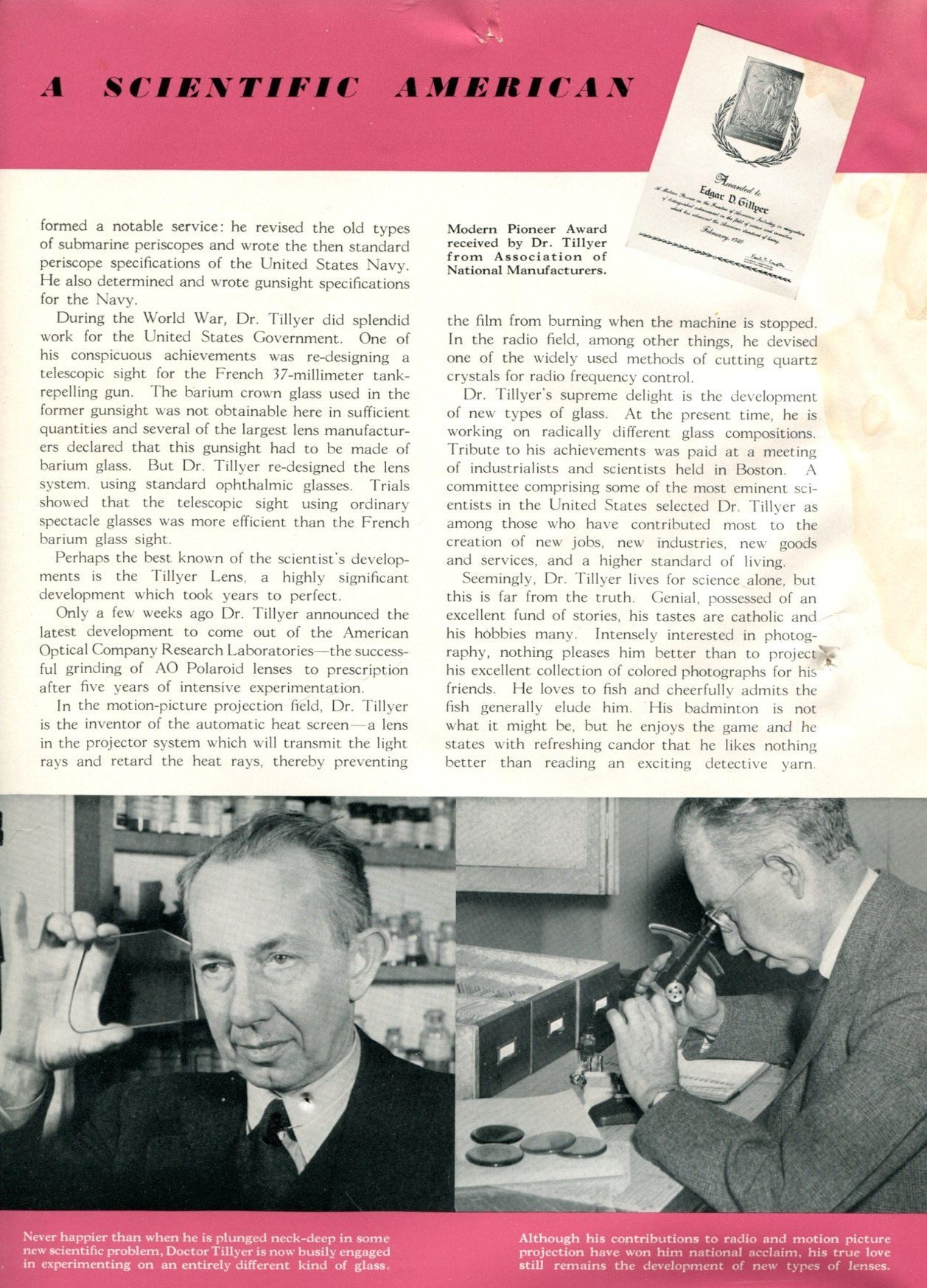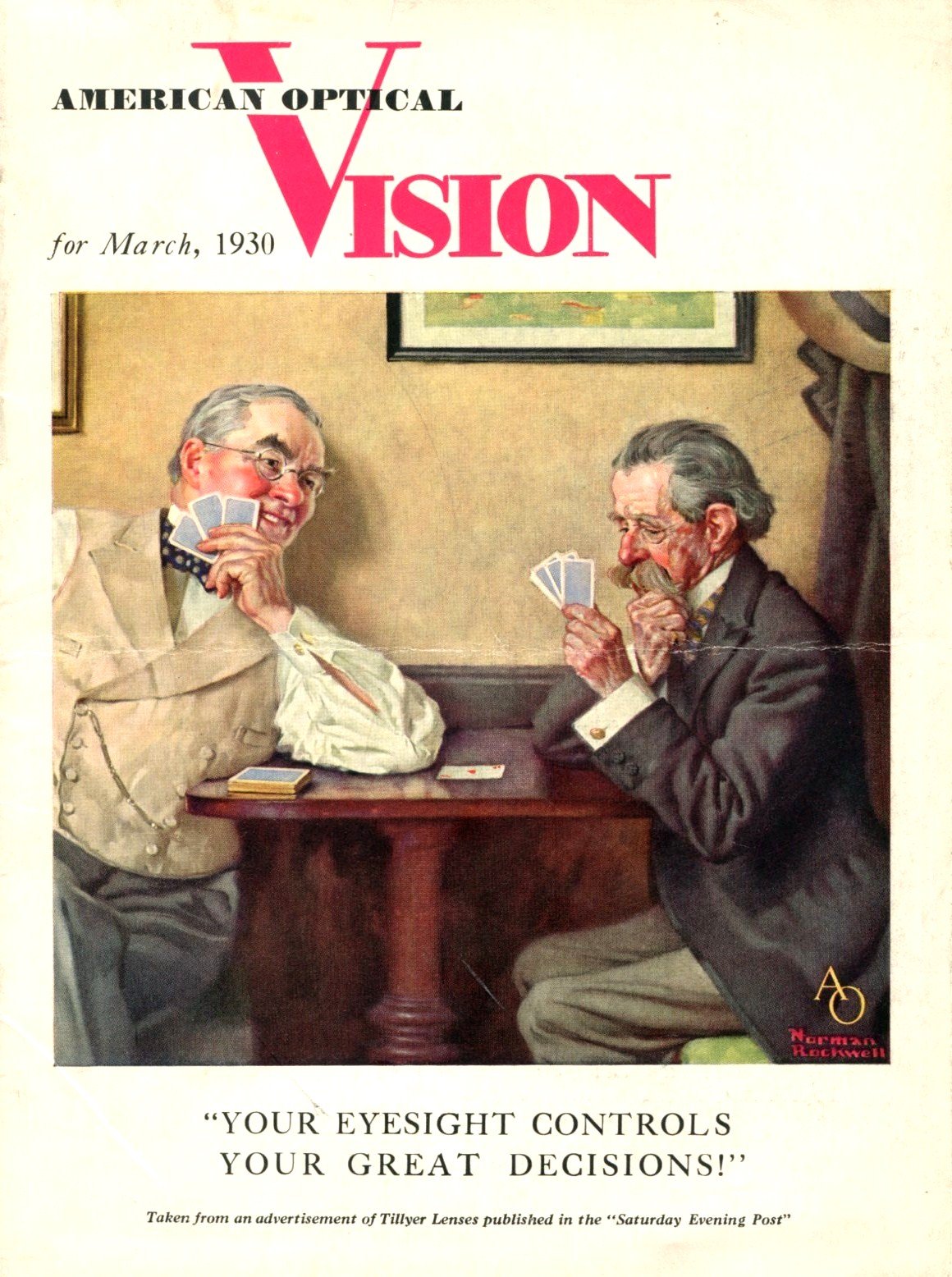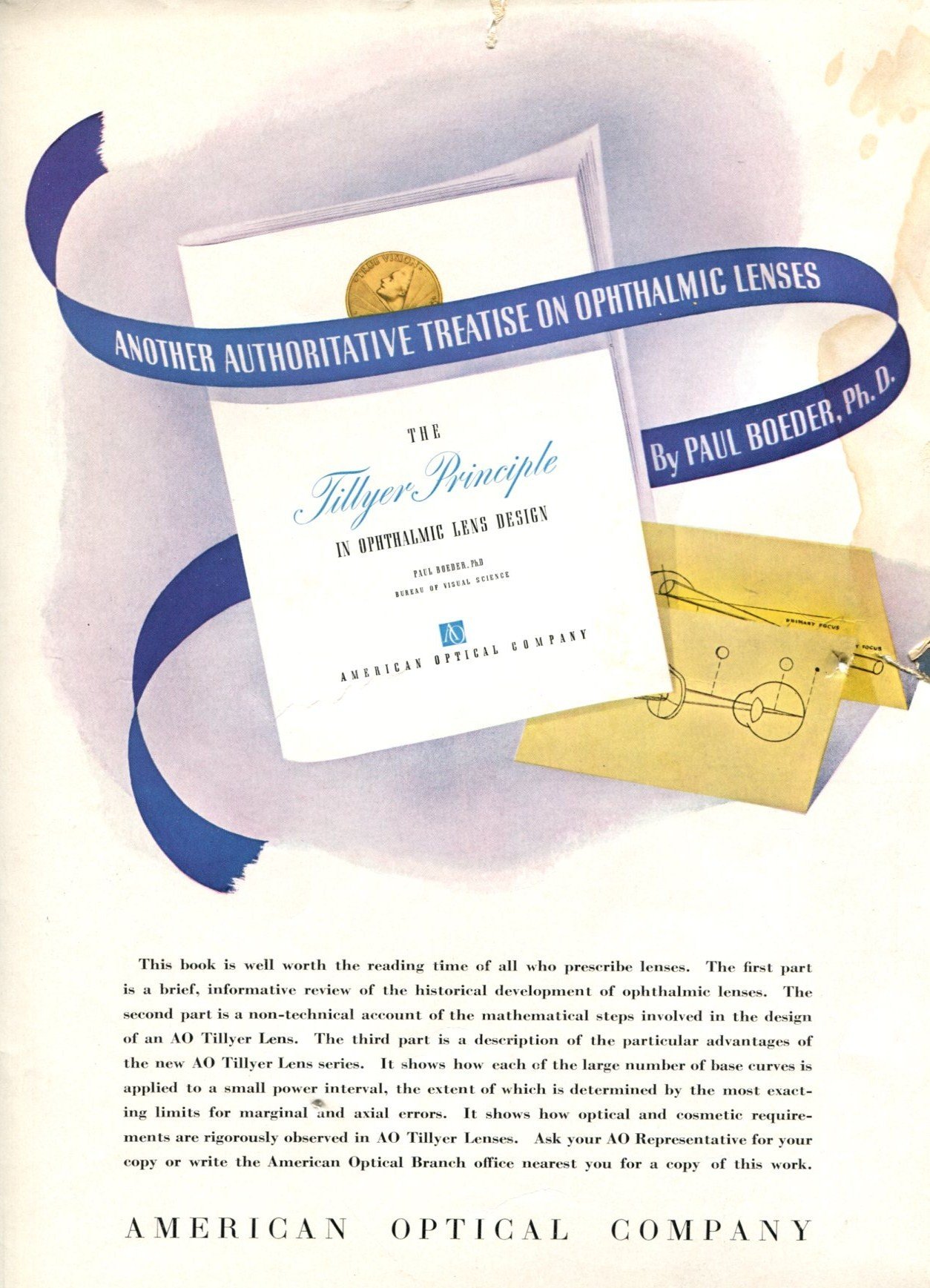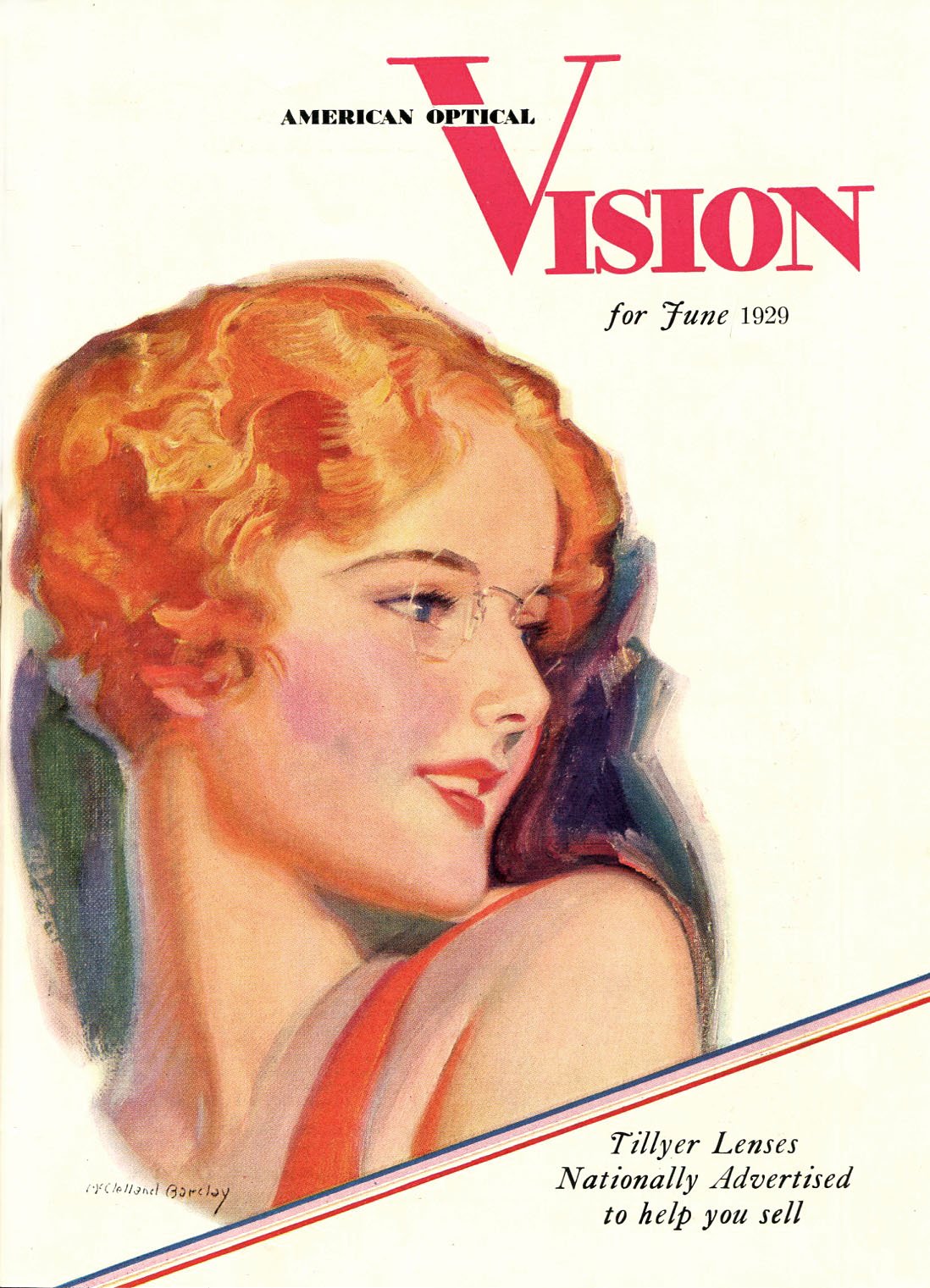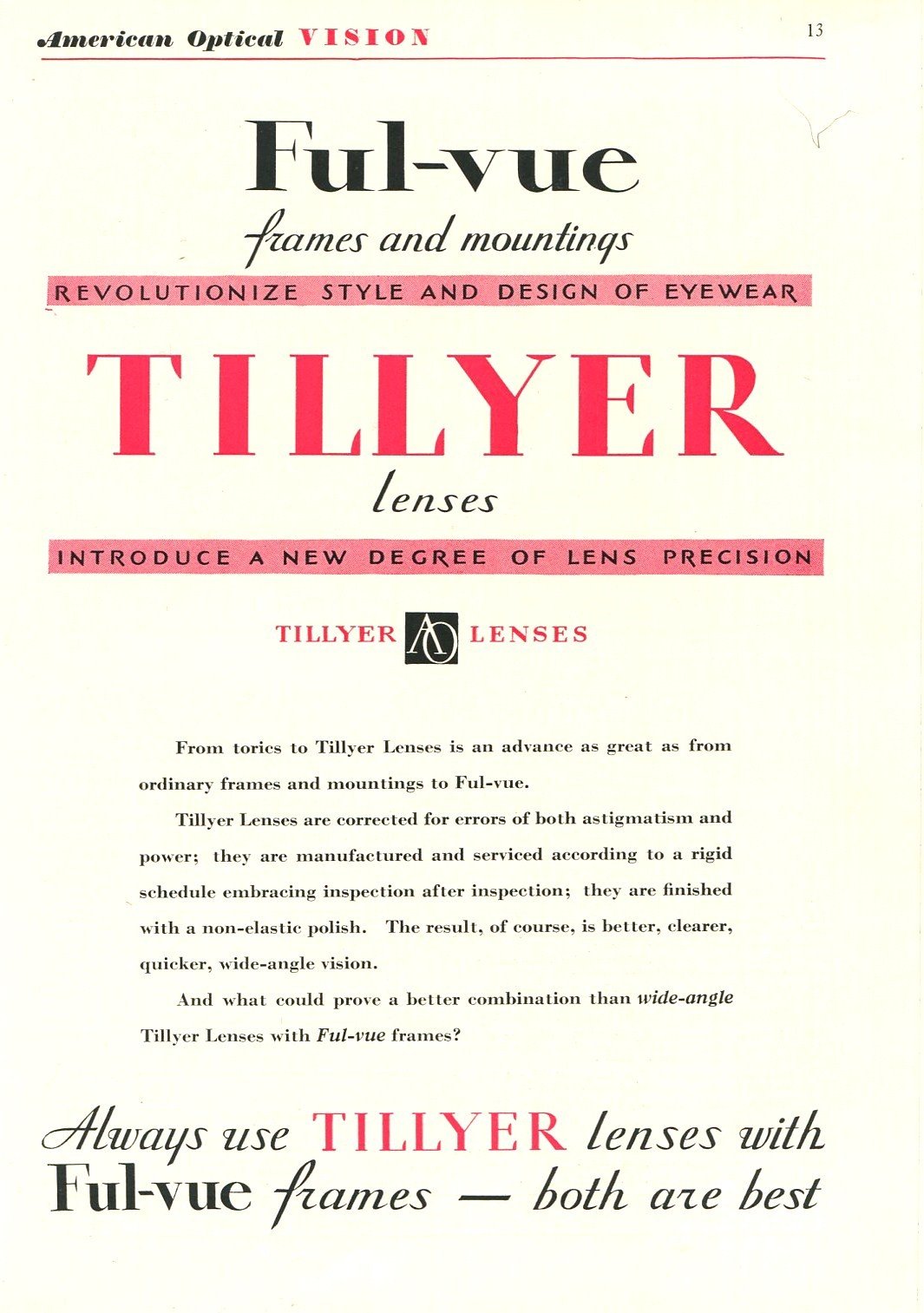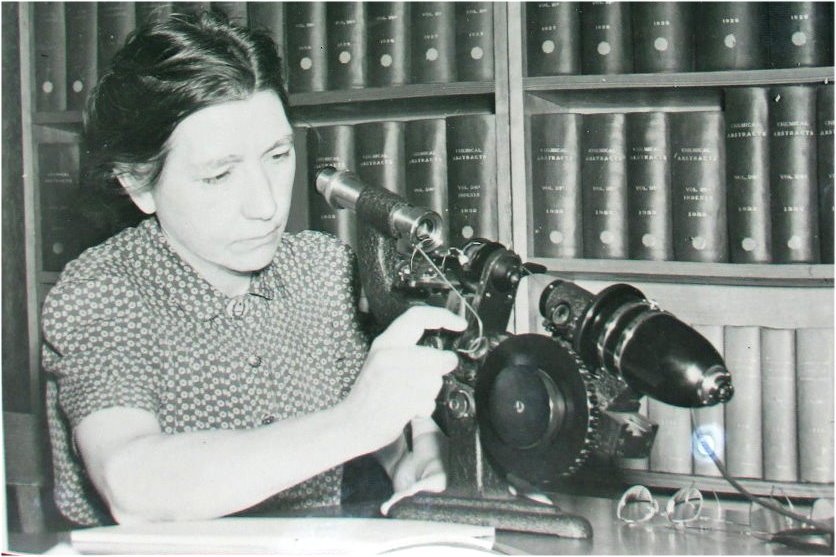
DR EDGAR TILLYER
An extract from AO VISION - 1940
DR EDGAR TILLYER
A Scientific American
AO Vision Magazine - 1947
Dr. Edgar Tillyer, along with his colleague Dr. Estelle Glancy, were responsible for developing the AO Lensometer in 1921. The brain child of over 10 years of calculations - it was a significant moment which shaped the optical industry landscape forever. The man with over 150 patents, registered to his name was a true mathematics and scientific genius, but what else did we know about him?
Recent archive scans from AO Vision Magazine (1940) found the following story which we are happy to bring to life now.
E.D. Tillyer - A scientific American
Every Person who wears glasses owes to Dr. Edgar D. Tillyer, internationally known lens authority, a debt of gratitude. His brilliantly creative mind has contributed more than a hundred important developments in the field of optical science, developments which have aided in establishing a higher standard of sight for defective eyes everywhere.
Intricate scientific problems are always tempting to Dr. Tillyer. As new ideas come to him, he'll take a pad of paper and literally cover it with an astonishing array of mathematical computations. Out of such complex calculations have come a new lens system, a new eye-testing instrument, a new lens-measuring device, and also new developments in the motion picture and radio fields.
Dr. Tillyer was born at Dover, New Jersey, December 7, 1881. A graduate of Rutgers University, his first position was that of Computer with the Nautical Almanac Office at Washington, D. C. In 1907, he became an Astronomical Observer in the Naval Observatory at Washington. Four years later, he entered the Bureau of Standards in the same city.
Then, in 1916, he accepted the invitation of the American Optical Company, Southbridge, Massachusetts, to direct its Research Laboratories. While at the Naval Observatory, Dr. Tillyer designed and built the clock vault temperature control and also designed a pair of astronomical photographic lenses for the observatory.
As a member of the Bureau of Standards, he performed a notable service: he revised the old types of submarine periscopes and wrote the then standard periscope specifications of the United States Navy. He also determined and wrote gunsight specifications for the Navy.
During the World War, Dr. Tillyer did splendid work for the United States Government. One of his conspicuous achievements was re-designing a telescopic sight for the French 37-millimeter tank-repelling gun. The barium crown glass used in the former gunsight was not obtainable here in sufficient quantities and several of the largest lens manufacturers declared that this gunsight had to be made of barium glass. But Dr. Tillyer re-designed the lens system, using standard ophthalmic glasses. Trials showed that the telescopic sight using ordinary spectacle glasses was more efficient than the French barium glass sight.
Perhaps the best known of the scientist's developments is the Tillyer Lens, a highly significant development which took years to perfect. Only a few weeks ago Dr. Tillyer announced the latest development to come out of the American Optical Company Research Laboratories the successful grinding of AO Polaroid lenses to prescription after five years of intensive experimentation.
In the motion-picture projection field, Dr. Tillyer is the inventor of the automatic heat screen a lens in the projector system which will transmit the light rays and retard the heat rays, thereby preventing the film from burning when the machine is stopped. In the radio field, among other things, he devised one of the widely used methods of cutting quartz crystals for radio frequency control.
Dr. Tillyer's supreme delight is the development of new types of glass. At the present time, he is
working on radically different glass compositions Tribute to his achievements was paid at a meeting of industrialists and scientists held in Boston. A committee comprising some of the most eminent scientists in the United States selected Dr Tillver as among those who have contributed most to the creation of new jobs, new industries, new goods and services, and a higher standard of living.
Seemingly, Dr. Tiller lives for science alone. but this is far from the truth. Genial, possessed of an
excellent fund of stories, his tastes are catholic and his hobbies many. Intensely interested in photography, nothing pleases him better than to project his excellent collection of colored photographs for his friends. He loves to fish and cheerfully admits the fish generally elude him. "His badminton is not what it might be, but he enjoys the game and he states with refreshing candor that he likes nothing better than reading an exciting detective yarn.
You might also like…
AO Lensometer
The most influential device in optical industry history?
The First Lady of Optics
The Estelle Glancy Story
